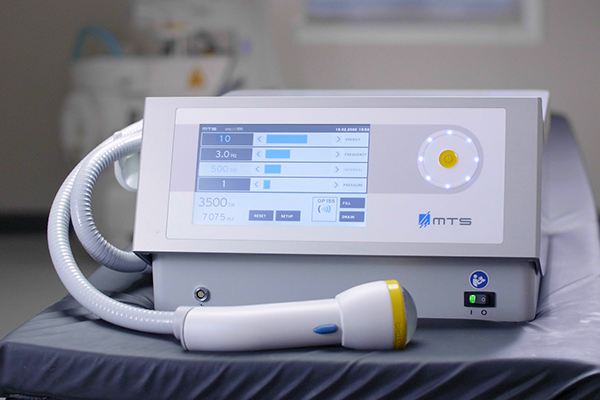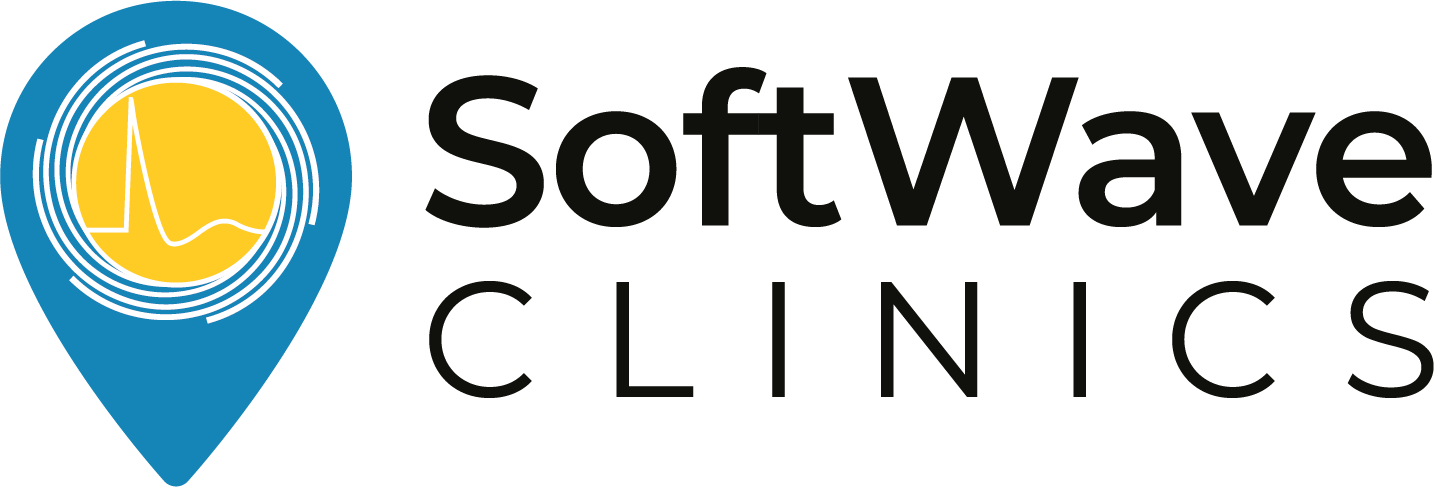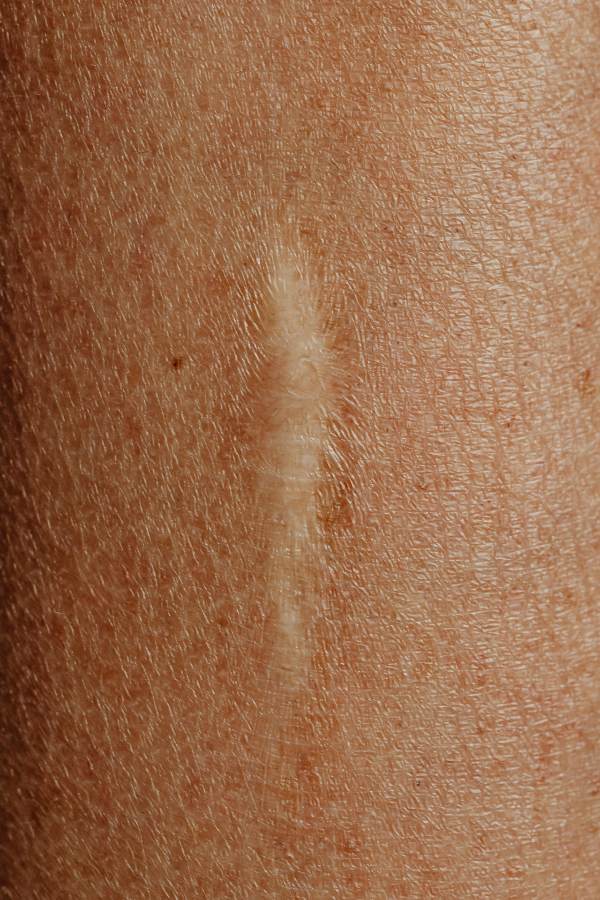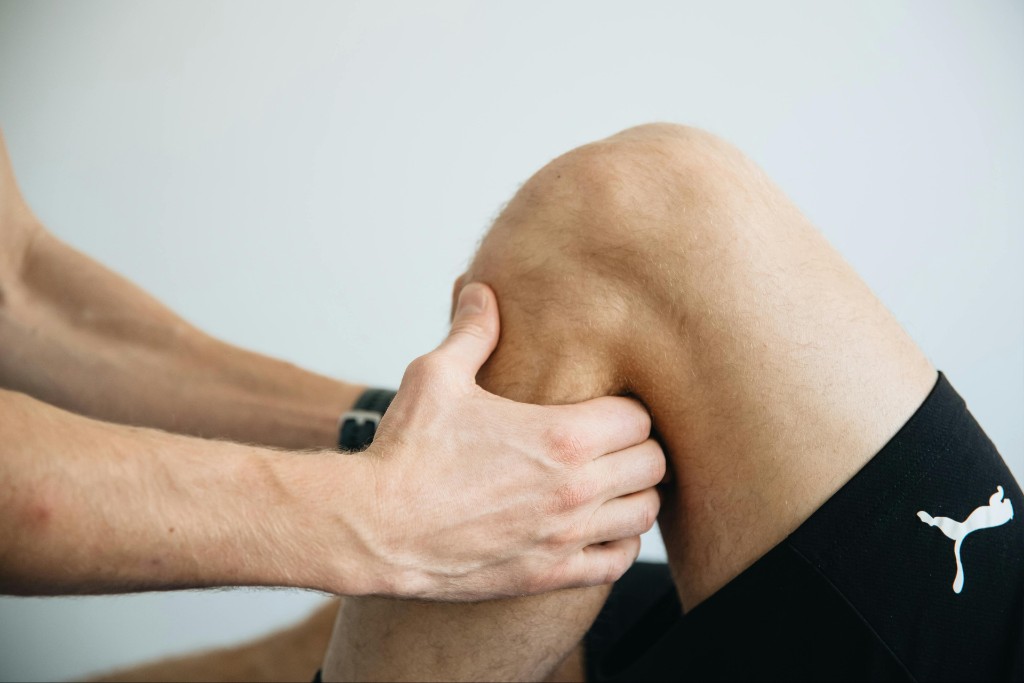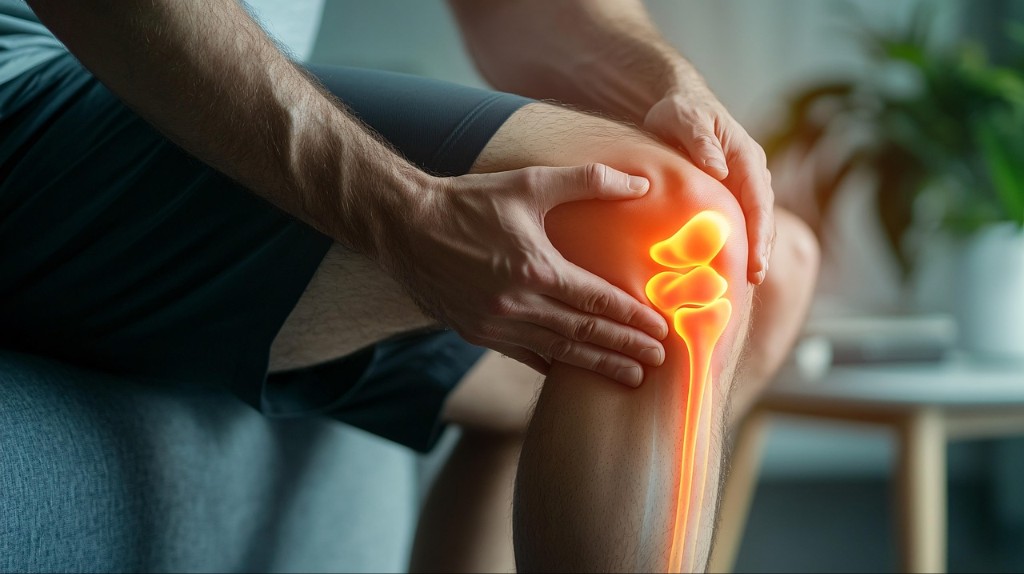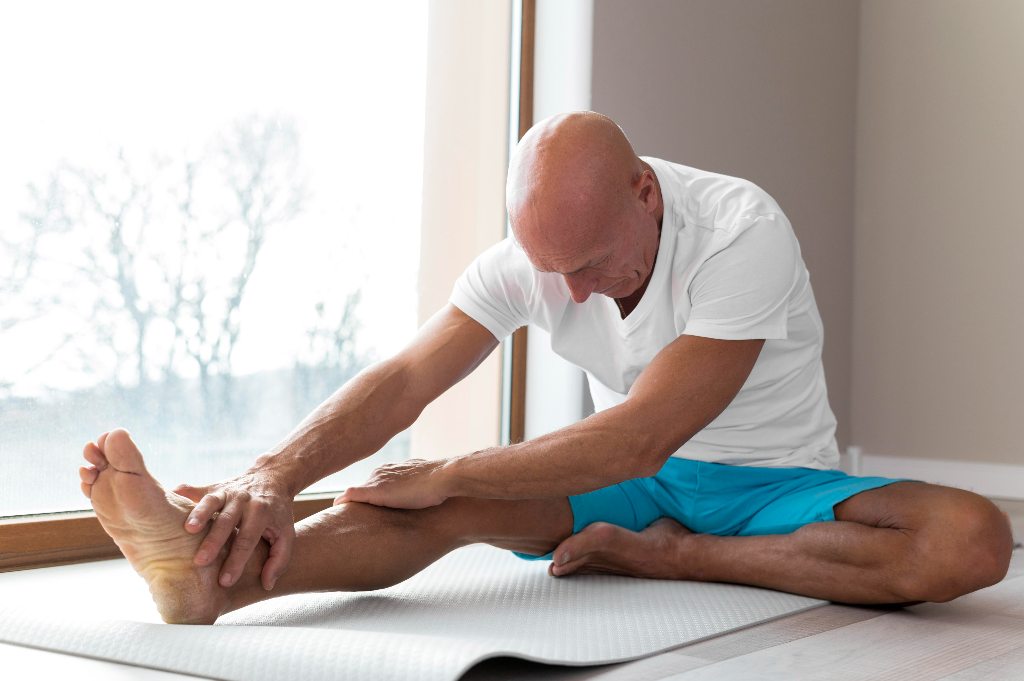Scar tissue pain after surgery can feel like a constant reminder of what you’ve been through. While scars form naturally as your body heals surgical wounds, some become tight, painful, or even entrap nearby nerves long after the incision has closed.
This pain can appear weeks, months, or even years after surgery, often worsening with movement or pressure. If left untreated, it can limit mobility, interfere with daily tasks, and become a persistent source of discomfort.
Understanding why scar tissue hurts and knowing what to look for can help you find relief. Let’s walk through what causes scar-related pain and how it presents in the body.
What Causes Scar Tissue Pain After Surgery?
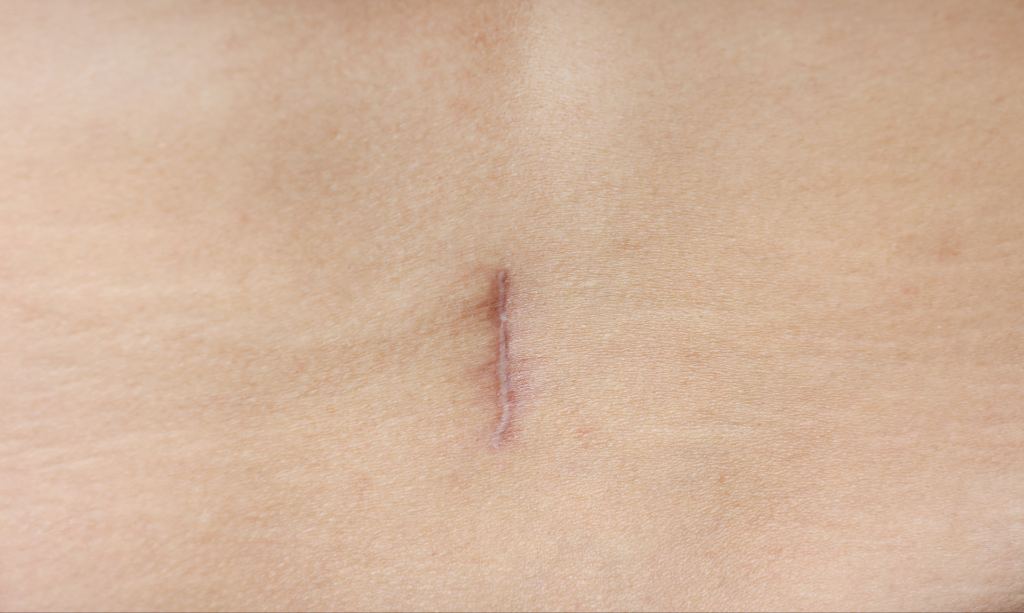
Scar tissue forms as fibrous collagen replaces the tissue damaged by surgery. These fibers don’t align like healthy tissue, creating stiffness and reduced flexibility. The pain can come from external scars on your skin or internal adhesions that attach tissues and organs together. You might feel soreness almost immediately, or notice pain months or even years later as the tissue tightens or nerves get trapped. Over time, these tight bands can restrict movement, making everyday actions uncomfortable or even painful.
The leading causes of scar tissue after surgery include:
Nerve Entrapment
Scar tissue can coat or squeeze nerves, causing sharp, shooting pain even long after surgery. Over time, this can lead to hypersensitivity or numbness in the area as nerves struggle to function properly.
Inflammation
Persistent inflammation in healing tissue can lead to ongoing pain and itching. Chronic inflammatory signals around scar areas often reinforce pain pathways, even after the healing process is complete.
Collagen Misalignment
Irregular collagen formation creates tension, stiffness, and restricted movement. When collagen fibers form unevenly, they can pull tissue in multiple directions, reducing flexibility and increasing discomfort.
Internal Adhesions
Adhesions between organs or deeper tissues can pull and cause discomfort when you move. These fibrous connections can also compress structures, such as intestines, or trap nerves responsible for pain and dysfunction.
Common Symptoms of Scar Tissue Pain
Recognizing early signals helps you seek care before issues worsen. Your scar area may be fine one day and troubling the next. Paying attention now can help preserve movement and comfort.
- Sharp or Burning Pain: A sudden, sharp, or burning sensation around a scar often signals nerve irritation or inflammation. This discomfort may flare with movement, pressure, or even shifts in temperature.
- Tightness or Restricted Motion: Scars can feel stiff and limit your ability to bend or stretch, often worsening gradually. Over time, this tightness can hinder daily tasks and reduce joint or muscle flexibility.
- Itching or Tingling: Persistent itching or tingling around a scar suggests nerves are involved in the healing tissue. These sensations may come and go or remain constant, pointing to underlying nerve changes.
- Numbness or Hypersensitivity: Some scar areas may feel numb or, conversely, overly sensitive to touch. These mixed sensations can result from nerves being scarred in or compressed.
Gentle Relief Methods for Scar Tissue Pain After Surgery
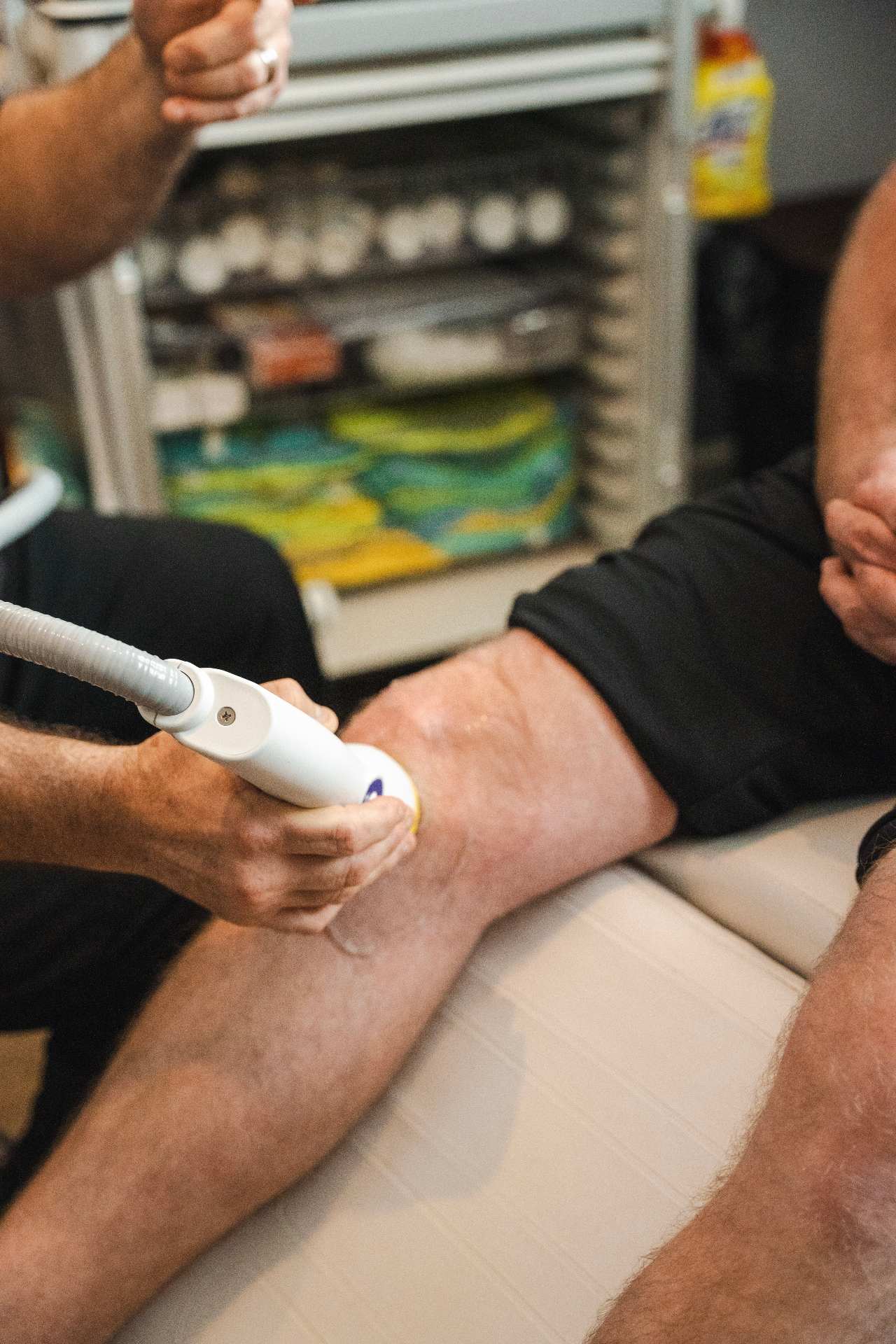
Here are several safe methods to ease scar tissue discomfort. These approaches can be used in conjunction with medical care to support your recovery.
1. SoftWave Therapy
SoftWave Therapy uses broad-focused, FDA-cleared shockwaves to penetrate scar tissue deeply. These waves prompt increased blood flow, cellular regeneration, and gentle remodeling of collagen, thereby modulating pain and inflammation without the need for invasive procedures. Most patients notice relief after only a few sessions. Treatment sessions are short, with little to no discomfort. SoftWave promotes long-term healing rather than simply masking scar tissue symptoms.
Learn more about SoftWave Therapy for Scar Tissue and Wounds.
2. Scar Massage and Cross‑Fiber Friction
Cross-fiber massage involves applying pressure perpendicular to the scar’s line to realign collagen and boost circulation. This improves flexibility and reduces tightness. It may cause mild discomfort, but it should stay within tolerance. For deeper scars, having a trained therapist perform the massage offers the best results.
3. Moisturizing, Silicone Gels, and Taping
Using silicone gel sheets or silicone-infused moisturizers keeps your scar hydrated and flattened. These help minimize pain, itching, and tightness by maintaining soft tissue balance. Taping with silicone or similar dressings can soften raised scars when used consistently over several weeks.
4. Stretching, Physical Therapy, and Myofascial Release
Gentle stretching and physical therapy help lengthen scarred tissue and restore movement. Myofascial release targets underlying fascia to release tight layers around and beneath scars. These methods combine well with massage and can reduce stiffness and improve range of motion.
5. Heat, Cold, and Over‑the‑Counter Options
Applying heat before massage or stretching can ease tightness and increase blood flow. Cold therapy after treatment helps reduce inflammation. Topical OTC options, such as lidocaine or capsaicin creams, can offer temporary relief from itch or pain.
Gentle relief methods support your body’s natural healing and comfort. SoftWave Therapy stands out as a scientifically backed with clinical studies, non-invasive option that tackles scar tissue repair at the cellular level. Paired with home care like massage, stretching, hydration, and topical treatments, it creates a holistic approach to recovery.
You deserve relief that lasts. SoftWave can help you regain comfort and mobility, so scar tissue pain after surgery becomes part of your past.
The Best Shockwave Therapy for Scar Tissue Pain
Are you looking for safe, reliable, and effective relief from scar tissue pain?
SoftWave therapy is FDA-cleared, patented, and nationally recognized for its leading tissue regeneration technology. Unlike other types of high-energy shockwave treatments, SoftWave is the only shockwave therapy on the market that uses true broad-focused shock waves that treat larger and deeper areas of tissue.
Thousands of patients have experienced the benefits of SoftWave for scar tissue pain, including:
- Little to no side effects
- Short treatment time
- Quick recovery
- Long-lasting results
Find a SoftWave Therapy provider near you or learn more about SoftWave and whether or not you’re eligible for full treatment today!
New Patient Special
Try SoftWave for just $69 at a clinic near you and learn if you’re a candidate for full treatment
